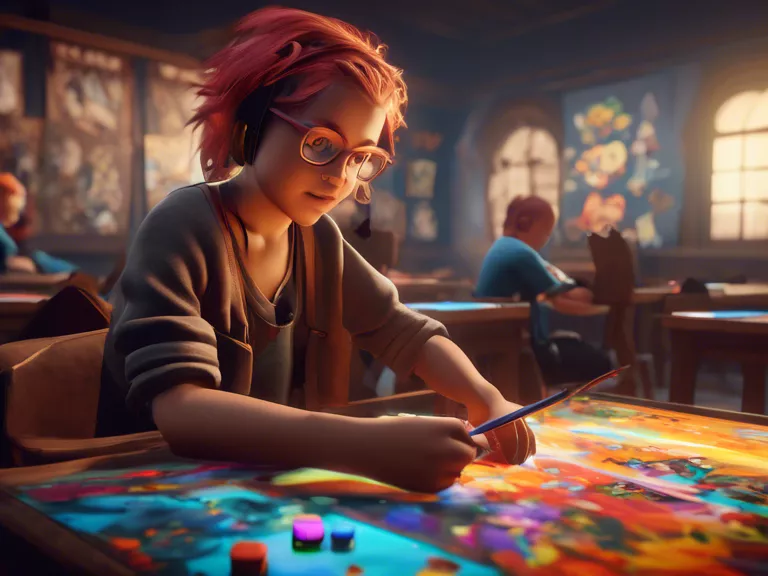
Introduction
In recent years, the integration of art into educational settings has gained traction as a powerful tool for enhancing learning experiences. By incorporating artistic gameplay into traditional learning methods, educators can engage students in a more interactive and immersive way, leading to improved retention and understanding of the material. This article explores the benefits of artistic gameplay in education and how it can enrich the learning process.
The Power of Art in Education
Art has long been recognized as a means of expression and creativity. It stimulates the imagination, encourages critical thinking, and fosters emotional intelligence. When incorporated into educational activities, art can help students develop a deeper understanding of complex concepts and engage with the material on a more personal level.
Enhancing Learning Through Gameplay
Gameplay, on the other hand, is known for its ability to motivate and engage players through interactive challenges and rewards. By combining art with gameplay, educators can create dynamic learning experiences that are both entertaining and educational. This approach not only makes learning more enjoyable but also encourages active participation and collaboration among students.
Benefits of Artistic Gameplay in Education
Increased Engagement: Artistic gameplay captures students' attention and maintains their interest throughout the learning process.
Improved Retention: By presenting information in a visually engaging format, students are more likely to remember and recall it later.
Enhanced Creativity: Artistic gameplay encourages students to think outside the box and explore new ways of problem-solving.
Promotes Collaboration: Multiplayer games and group activities foster teamwork and communication skills among students.
Examples of Artistic Gameplay in Education
Digital Storytelling: Students can create interactive stories using digital tools, incorporating elements of art and gameplay to enhance the narrative.
Augmented Reality Experiences: Using AR technology, educators can bring art to life in the classroom, allowing students to interact with virtual objects and environments.
Simulation Games: Games that simulate real-world scenarios, such as historical events or scientific experiments, provide a hands-on learning experience through artistic gameplay.
Conclusion
Artistic gameplay has the potential to revolutionize the way we approach education by making learning more engaging, interactive, and effective. By harnessing the power of art and gameplay, educators can create dynamic learning experiences that inspire creativity, foster critical thinking, and enhance students' overall academic performance. Embracing artistic gameplay in education is not just about teaching content—it's about cultivating a love for learning that lasts a lifetime.



